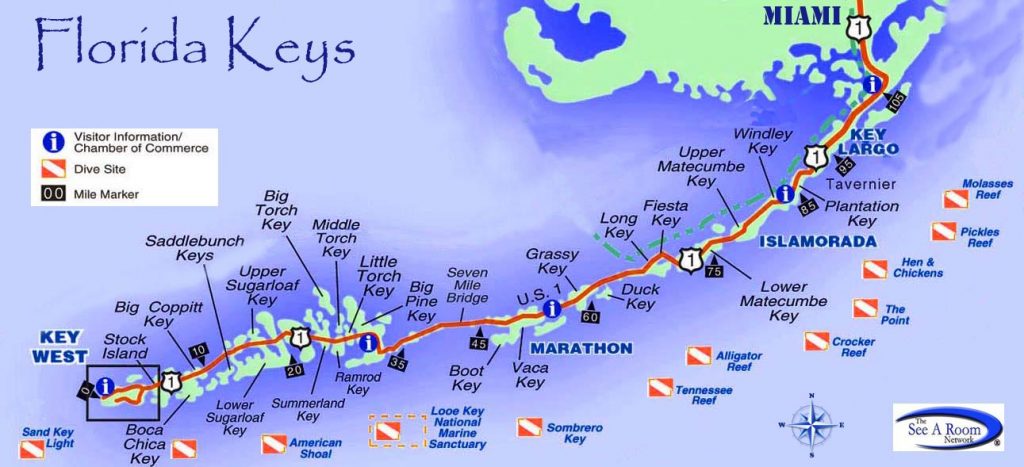In this new series from Islamorada Times, we are highlighting various Keys and sharing some info on how these particular islands got their names and how they became significant in growth and development of the Florida Keys. With over 1,700 Keys and some with very interesting names, there is a rich and unique history behind each Key and we will aim to uncover some facts about each.
Vaca Key:
There are some different theories as to how Vaca Key got its name. One idea is that it is taken from Álvar Núñez Cabeza de Vaca, a Spanish explorer who wrote about the exploration of Florida. Vaca also means “cow” in Spanish which could be a nod to our beloved manatees aka “sea cows” or an ode to unconfirmed reports of wild cattle that supposedly roamed the island at one point. There was once a bridge connecting Vaca Key to Boot Key which was torn down due to neglect, leaving the two keys disconnected and harming local businesses at the time on Boot Key. Vaca Key is home to the popular tourist destination, Sombrero Beach.
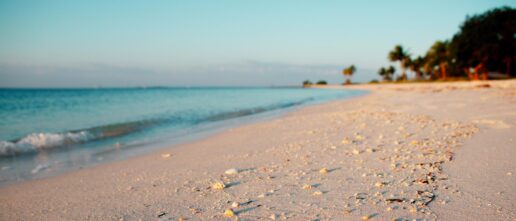
Knights Key:
A bit of a local legend, Knights Key was the set of two popular action movies: 1989 James Bond film “Licence to Kill” as well as the 1992 Arnold Schwarzenegger film “True Lies.” Named after an original settler, Knights Key served as a major end point before the Overseas Railroad was extended to Key West in the early 1900s.
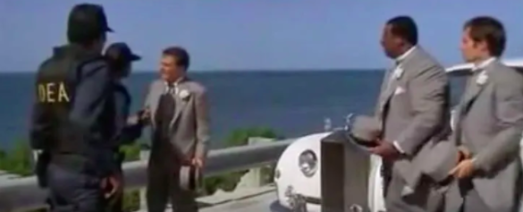
Pigeon Key:
Pigeon Key is currently home to a historic district made up of several structures and buildings complete with a museum filled with various artifacts from the island’s history. Pigeon Key translates to and was listed as “Cayo Paloma” on Spanish maps – most likely named for the white pigeons that inhabited the island. Like its neighbor Knights Key, this island also serves as the location for the “Bal Harbor Institute” in the 1995 series of Flipper as well as a few episodes of the show “The Amazing Race”
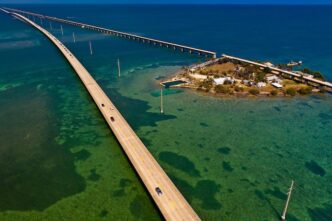
Little Duck Key:
The first Key after Seven Mile Bridge which is the distinguisher between the Middle Keys and the Lower Keys. Little Duck Key has had a variety of names over the years – none seeming to be related to one another or have much meaning beyond local folklore. Some of the other names it has been referred to are: Pacet Key and Big Money Key. Confusingly, the key now known as Ohio Key was also once called Little Duck Key as well.
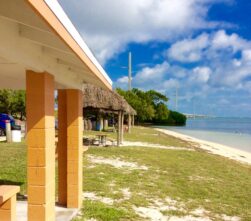
Missouri Key:
Sometimes known as Little Grassy Key or Grassy Island. Missouri Key, like Ohio Key, has its name rooted in the construction of the Overseas Railroad. Workers would name Keys after their home state, so it is presumed railroad workers from Missouri had a hand in naming this key.
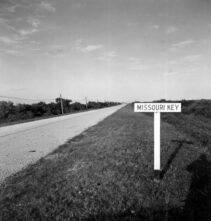
Stay tuned for History of the Florida Keys: Part 6 coming soon. If you have missed Part 1,2,3 or 4 visit our website archives at https://www.islamoradatimes.com/archive/


